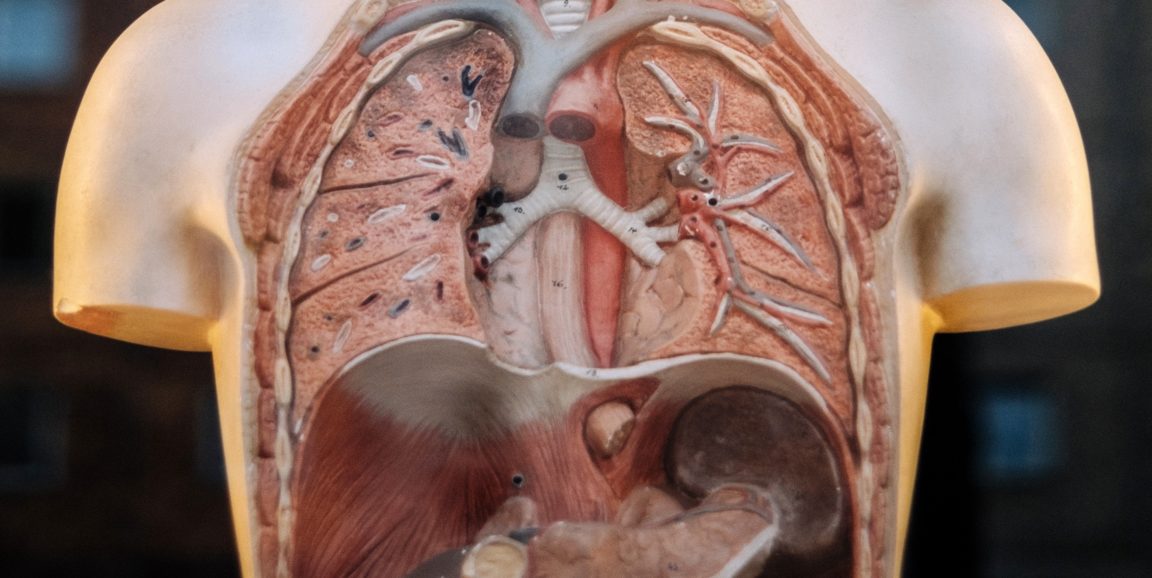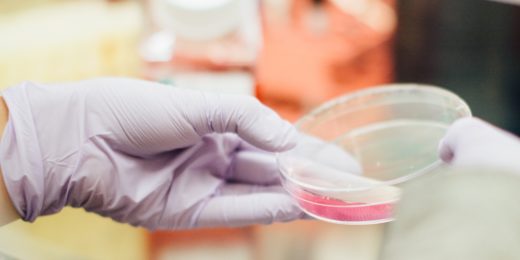By crunching a massive amount of patient data, scientists have found a marker that can predict survival of a life-threatening lung disease. The disease, called idiopathic pulmonary fibrosis, develops without warning and leads to irreversible scarring in the lungs, ultimately cementing the stretchy tissue over time until it can no longer expand.
Because scarred lung tissue can never regain function, the only real cure for the illness is a lung transplant, but there simply aren't enough replacement lungs to go around. And to complicate matters more, not all pulmonary fibrosis diagnoses start off the same -- some patients with the disease might have a year to live, while others might have five, but it's difficult to tell at diagnosis. Now Purvesh Khatri, PhD, and Nigam Shah, PhD, associate professors of medicine and of biomedical data science, have found a biomarker that flags which patients with pulmonary fibrosis are most at risk for imminent lung failure.
And here's the kicker: The biomarker is found in a simple blood draw.
A paper detailing the research was published in The Lancet Respiratory Medicine. Khatri and Shah are the senior authors, and graduate student Madeleine Scott is the first author.
Until now, doctors had no reliable way to determine which patients were in need of immediate lung transplants and which had more time before their situation became critical.
"About 40,000 people die from the disease every year," said Khatri. "We think we've found a biomarker that points to who is at the highest risk for lung failure, which ideally could help prevent some of those deaths through something we call risk stratification." In other words, the biomarker can highlight those who are at extreme risk for lung failure and prioritize them for a lung transplant.
The researchers discovered the biomarker by mining publicly available data from blood samples of patients with pulmonary fibrosis. They then validated the biomarker in more than 7,000 de-identified health records of patients with pulmonary fibrosis. The team was looking for a universal sign that someone not only had the lung disease, but that their illness would progress more quickly, and they would therefore need a transplant sooner. From the gobs of data, computer analysis pinpointed a clue: All of the severe patients had an abnormally high count of a type of immune cell called a monocyte at the time of diagnosis.
Monocytes are involved in wound healing, and during pulmonary fibrosis, these cells flock to the lungs. "Exactly what causes them to travel there is unknown," Scott said. "But scarring is a form of wound healing, and fibrosis is excessive scarring, so it makes sense that the monocytes would travel there in high numbers."
There seemed to be a threshold of monocytes that marked the difference between acute danger and caution upon diagnosing the disease. "These monocytes are detected in a simple blood draw, and we're seeing that once you reach about 1,000 monocytes per microliter of blood, that's the tipping point," Khatri said. "People who reach that threshold are twice as likely to succumb to pulmonary fibrosis in the next two years or so than those whose monocyte count is below that level."
After determining the monocyte threshold through an initial set of patient data, the team confirmed their findings in two additional groups of patients, continuing to see that the monocyte count predicted which pulmonary fibrosis patients were at the highest levels of risk.
"Our work is an example of how data science can advance both the scientific understanding of a disease and it's clinical management," said Shah.
Khatri emphasizes implementing the biomarker in clinic should be a pretty easy transition; after all, monocytes have been tracked in blood draws for more than 50 years in clinics worldwide.
"We started with molecular data, we made a prediction in a discovery cohort, we mapped our prediction from molecular data onto a clinical test that's routinely done," said Khatri. "We're bringing the science of medicine and the practice of medicine together."
Photo by Samuel Zeller






